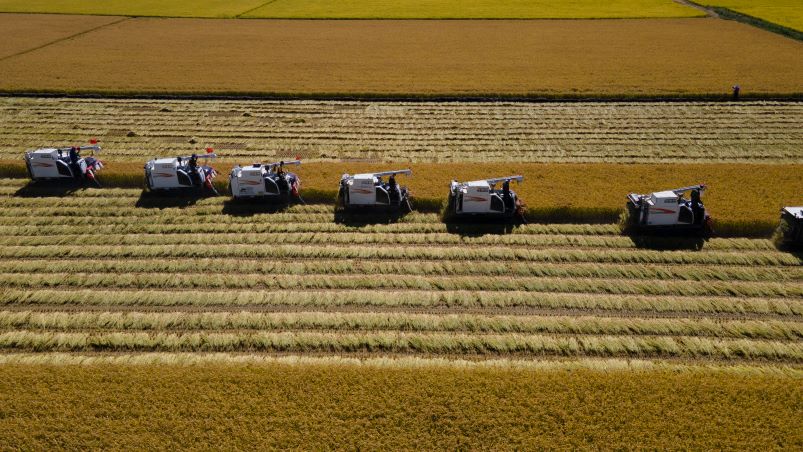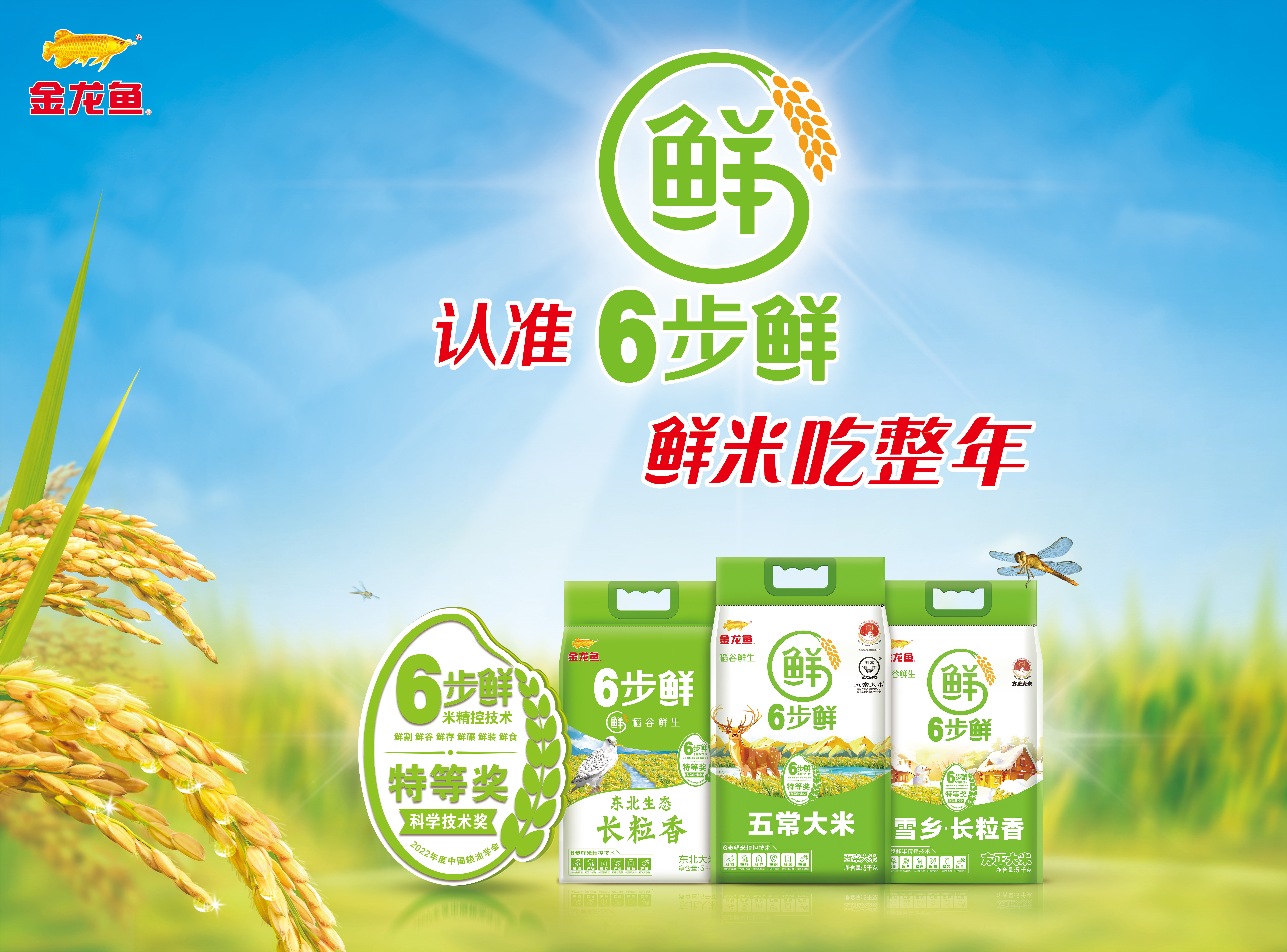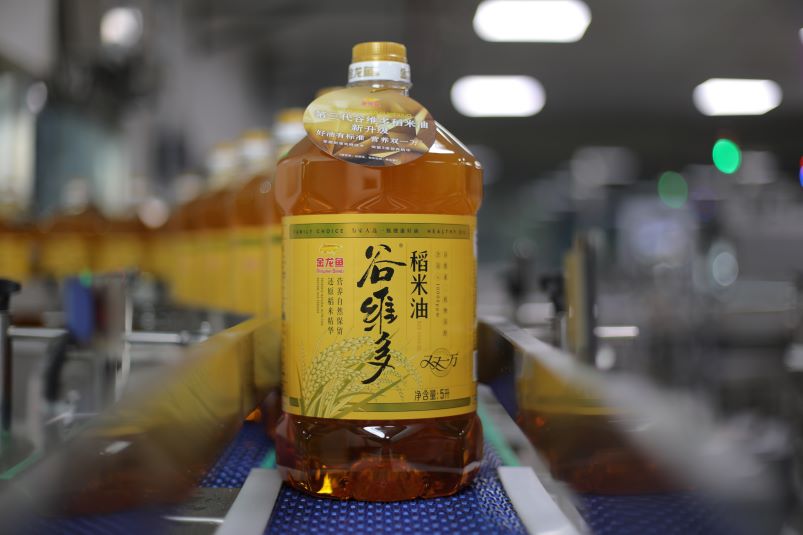The Circular Economy of Rice Production in China
Food
China is the world's second most populous country and also the largest producer and consumer of rice. According to the National Bureau of Statistics, China's rice production reached 208 million tons in 2023. However, low barriers of entry to the rice industry have led to a crowded marketplace filled with small players, resulting in low efficiency and limited product differentiation.
These circumstances present vibrant opportunities in China’s rice industry. The potential for brand integration, the creation of premium rice products, and the innovative use of by-products are ripe for exploration. As industry consolidation becomes more prevalent, high-quality packaged rice is set to emerge as a crucial growth area, allowing us to satisfy the increasing consumer appetite for healthy, nutritious, and fresh rice.
Wilmar is at the forefront of this industry evolution. Through our subsidiary, Yihai Kerry Arawana (YKA), we established our rice division in 2006, aiming to enhance domestic rice processing in China. Central to Wilmar’s rice operations in China is our circular economy model of rice production, which emphasises resource efficiency by reusing and recycling by-products, such as rice bran and husk, to create additional value while minimising waste and environmental impact.
Today, we have set up integrated production bases for rice purchasing, storage, and processing across several high-quality rice production regions, and launched multiple award-winning rice brands.

To date, YKA has launched several rice brands, including "Arawana 金龙鱼”, "Xiangnalan 香纳兰", "Ruyuhuangfei 乳玉皇妃", "Xiangmanyuan 香满园", "Yuanbao 元宝" "Jinyuanbao 金元宝", "Xiangyan 香宴", "Xinbaiwei 欣百味." and more
The Circular Economy of Rice Production
1. Supporting farmers through organised farming

Our circular economy of rice production starts with effective rice farming. Organised farming is essential for guiding farmers in selecting quality rice varieties and adopting scientific planting methods. In collaboration with leading rice breeding companies, we have established over 80 organised farming bases in key rice-producing areas such as Harbin, Baicheng, Jilin, Panjin, Yancheng, Nanchang, Guigang, and Mishan. This model not only ensures consistent quality for YKA’s rice brands but also enhances farmers’ incomes through guaranteed pricing, access to quality seeds, improved farming techniques, and streamlined logistics for timely market delivery, all of which contribute to increased productivity and financial stability.
2. Six-steps to perfection

Freshness is key to perfect rice. To maintain the freshness and flavour of its rice, YKA has developed a “Precision Control Technology," which encompasses six vital stages from farm to table: fresh cutting, fresh grain, fresh storage, fresh milling, fresh packaging, and fresh consumption.
Fresh cutting: Advanced monitoring technology ensures rice is harvested at the optimal moment, preserving moisture and nutrition while reducing field losses by at least 5%.
Fresh grain: Gradual drying of harvested rice prevents mould and bacteria while minimising damage that could result in broken grains.
Fresh storage: Rice is stored in temperature-controlled warehouses at 15°C, preserving enzyme activity and deterring pests.
Fresh milling: Light milling avoids over-processing and allows rice grains to absorb water more effectively, leading to better cooking results.
Fresh packaging: Vacuum packed rice prevents oxygen from degrading essential nutrients in the rice, preserving its texture, aroma and flavour.
Fresh consumption: The culmination of all prior steps allows consumers to enjoy fresh-tasting rice year-round.
3. Rice bran oil: the hidden treasure

Arawana rice bran oil
Rice bran oil is rich in natural nutrients like oryzanol and vitamin E, promoting health benefits such as improved heart health and better sleep. As part of its circular economy production, YKA refines rice bran oil as a byproduct, fully utilising the outer layer of rice grains which is removed during the milling process. The company’s rice bran oil has won international quality awards and is exported globally.
4. Rice husk combustion for green energy
In the circular economy of rice production, even rice husks—the hard outer shells that protect the grains—are effectively used. YKA employs specialised boilers to burn rice husks for energy, thereby reducing reliance on fossil fuels and lowering carbon emissions. Rice husk ash is also extracted and repurposed into fertilisers and construction materials. This approach not only minimises waste but also contributes to a more sustainable agricultural ecosystem.
Future Prospects
Wilmar’s success in implementing a circular economy model in rice production highlights the need for ongoing transformation and sustainable practices within China’s rice processing industry. As a pioneer of this approach, we will maintain our mission of leading industry innovation, adhering to green development principles, and providing consumers with fresher, tastier, and healthier rice products.

